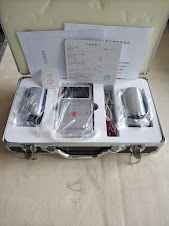Cleanroom suit or garment selection happens to be a fundamental element for maintaining a crucial environment. However, your first step to instilling the protocol isn’t easy. This post shall start narrating the best way to create a protocol for the cleanroom. Here’s an overview of determining the types of garments used for the purpose. Every cleanroom environment happens to be application-specific and unique. On this note, here’s starting in the right direction.
Change Frequency: How Often Should It Get Changed?
Understanding the correct type of cleanroom suit and garments is one thing, while knowing how and when to change is another. It entirely depends on the cleanroom environment considering the frequency of changing the cleanroom garments. From suits to Pu Coated Gloves, it is integral to ensure that the cleanroom garments are cleanest.
Cleanroom Garment Materials
There’s no denying that the most significant aspect of working in the cleanroom & simultaneously maintaining the cleanliness of an environment is what you are wearing. The purpose of a cleanroom is to minimize the particles. Thus, the standard for wearing cleanroom-approved apparel over regular clothing and covering exposed skin & hair is paramount. The issue that arises is the apparel type for wear in the particular cleanroom.
There happen to be three types of materials. The first one is the Polypro (PP), while the second and third ones are TESTPP and PE Laminated!


